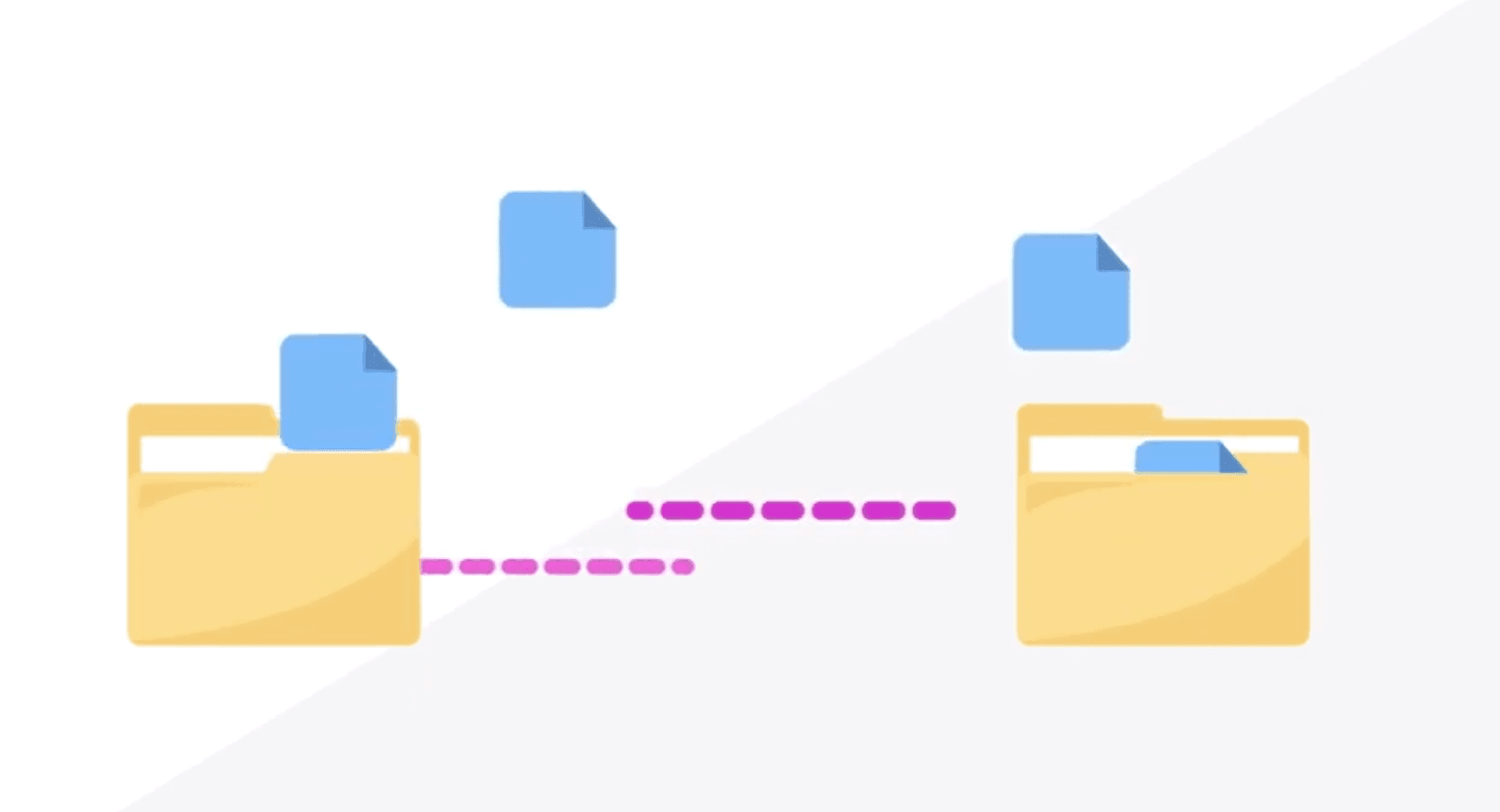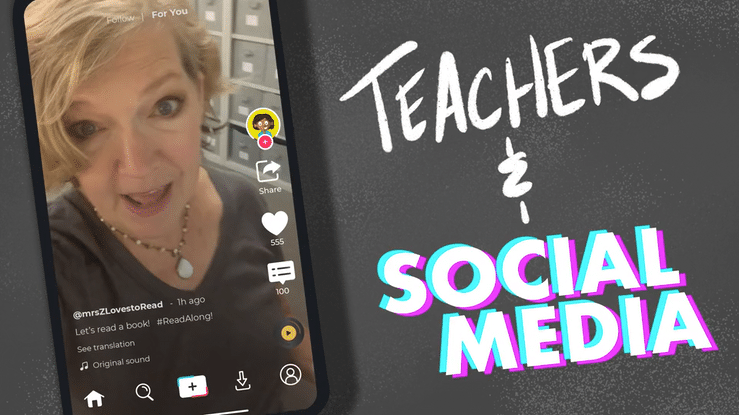
Editor's note: This article also appears in eSchool News.
For K12 schools, building an interoperable system is easier said than done, particularly because the majority of a district’s population uses SIS, ERP, and teaching and learning systems daily. The more moving parts to track, the greater the potential headache can feel looming on the horizon if planning breaks down.
Fear not. Here’s a template of the five main tasks leaders can follow to start this important work, then add on and customize as it makes sense for the district’s size, population, and priorities.
1. Assess the current structures
Take stock of existing hardware, network, data standards, and software integrations (or lack thereof). Don’t forget to take an honest look at your school’s leadership and overall culture.It's impossible to fix what we don’t know is broken, and self-awareness is key in this planning step. Implementing a new system—or even several—will take research, teamwork, and more than a little elbow grease. It won’t happen overnight, so start by buckling down and making a careful, exceedingly honest assessment of the current district workings in the following realms:
Hardware: Tap your IT team for an honest inventory of how hardware is functioning. How many machines are in the shop at any given time? Cloud-based systems are a boon since the crucial data they contain doesn’t necessarily need an onsite server to call home. Still, without reliable machines students and staff will be completely unable to access their work in the cloud. Take the time to shift from what’s good enough for now to what will continue to prove dependable in the future.
Data standards: How is data stored and shared in your district today? Do FERPA standards pass muster? It can be hard to admit or acknowledge when there’s an issue, but rest assured an interoperability-focused vendor will insist on good data hygiene and strong privacy practices—their certifications and standards demand it. The edtech pros are happy to help bring outdated processes up to speed during discovery and implementation.
Software integrations (or lack thereof): In a perfect world, how would classroom connectivity look in your district? It’s probably not a row of siloed, independent nation-states each using different mystery programs and apps. This is the point at which, in addition to drawing up an honest representation of what exists, you can also start to do a little dreaming about what could be possible to connect the classrooms in your district. Pro tip: keep the vision notes separate from the real-life report at this stage.
Leadership style: Is your leadership team made up of agile, move-fast-and-break-things types, or slow-and-steady-wins-the-race folks? The cornerstone of marketing calls for knowing your audience first and foremost, and big edtech implementations require a fair amount of marketing to get everyone on the same page. Take time to understand the motivations of your administrators, board, head teachers, and other leaders—they, in turn, will be encouraging staff, students, and parents, so trickle-down excitement is crucial.
School culture: Speaking of students, staff, and parents, take stock of the overall culture in your school. You’re about to take the helm of an epic journey to a better edtech experience. Communicate the value along the way, and the buy-in gets easier.
2. Assemble the team and resources
Remember, interoperability affects everyone. Recruit tech pros for sure, but definitely consult classroom teachers for their expert opinion on teaching and learning. Few things are tougher in a classroom than back-to-back transitions, making single-sign on a top priority for classrooms full of kids—but in the business office, SSO might make some staff nervous about confidentiality standards. Of course, it’s possible to balance both, but it just goes to show the vastly different priorities interoperability brings up for different populations.Data standards are your friend on this journey! Trust the interoperability experts and look for certifications from IMS Global, Ed-Fi, Schools Interoperability Framework (SIF), Project Unicorn, the Student Privacy Pledge, and more. Consult your state’s department of education to see if there are any mandates, recommendations, or preferred providers.
3. Start conversations
With vendorsThese conversations should not be high-pressure sales pitches, but rather thorough discussions about the current and future state of interoperability in the district. You already have your warts-and-all list of the current state of interoperability, systems, and processes. Build on what exists. Ask thoughtful questions about tasks you complete daily. Avoid the temptation to ask shallow, quick-fix questions “Does system A work with system B?” Edtech integration goes so much deeper into daily operations, requiring a custom fit for your district’s unique needs.
With peer districts
Neighboring leadership teams who have been through a new edtech implementation can provide a wealth of insight into what went well, what flopped, and what they wish they would have tried. Learn from their mistakes. However, let’s reiterate: Edtech integration requires a custom fit for your district’s unique needs, so ultimately you might choose a different solution than your neighbor did—and typically that’s okay (as long as there are no state or regional requirements already in place).
4. Create timelines and communicate
Now things are starting to ramp up, some consensus has been achieved, and decisions are being made—exciting stuff, right? Absolutely. Here’s where the elbow grease comes in again, so working smarter and not harder is more crucial than ever.Start out with timelines. Your vendor’s implementation team should be old hat at guiding districts of all sizes through this process. No one can pretend it won’t get messy at times (and if the process sounds way too good to be true… well, it just might be). It’s a good idea to pad your timelines a bit and be thoughtful when choosing implementation dates.
Consider the state of your existing data and how the flow will be updated. How will training look? When’s the final go-live date? What are the expectations for phasing out the old system—and, if applicable, where will records which can’t be transferred be stored for the proper retention duration?
It’s impossible to over-communicate during a change of this magnitude, so keep the lines open.
5. Testing & updates
Once the dust settles and the new systems and processes start to feel like home, students are enjoying the newfound interoperability, and staff are building their new muscle memory for daily operations, it’s okay to breathe a sigh of relief. You did it! But the work isn’t quite over yet.It’s always important to keep taking inventory of how your newly integrated systems are working. Leaders should create a periodic testing and updating routine to ensure everything is shipshape for the foreseeable future. Keep your finger on the pulse of data and privacy standards updates—any edtech vendor worth its salt will keep you up to speed as a matter of policy—and be ready to pivot as needed to keep your district whirring along smoothly.
While edtech integration isn’t designed to be easy, it is worth the investment. Ben Franklin, famous pioneer of edtech, put it this way: “An ounce of prevention is worth a pound of cure.”
Follow-up resource: Asking interoperability questions
Early conversations are important. Check out Let's Change the Integration Conversation to make sure you're asking the right questions.WHAT'S NEXT FOR YOUR EDTECH? The right combo of tools & support retains staff and serves students better. We'd love to help. Visit skyward.com/get-started to learn more.

|
Erin Werra Blogger, Researcher, and Edvocate |
Erin Werra is a content writer and strategist at Skyward’s Advancing K12 blog. Her writing about K12 edtech, data, security, social-emotional learning, and leadership has appeared in THE Journal, District Administration, eSchool News, and more. She enjoys puzzling over details to make K12 edtech info accessible for all. Outside of edtech, she’s waxing poetic about motherhood, personality traits, and self-growth.




